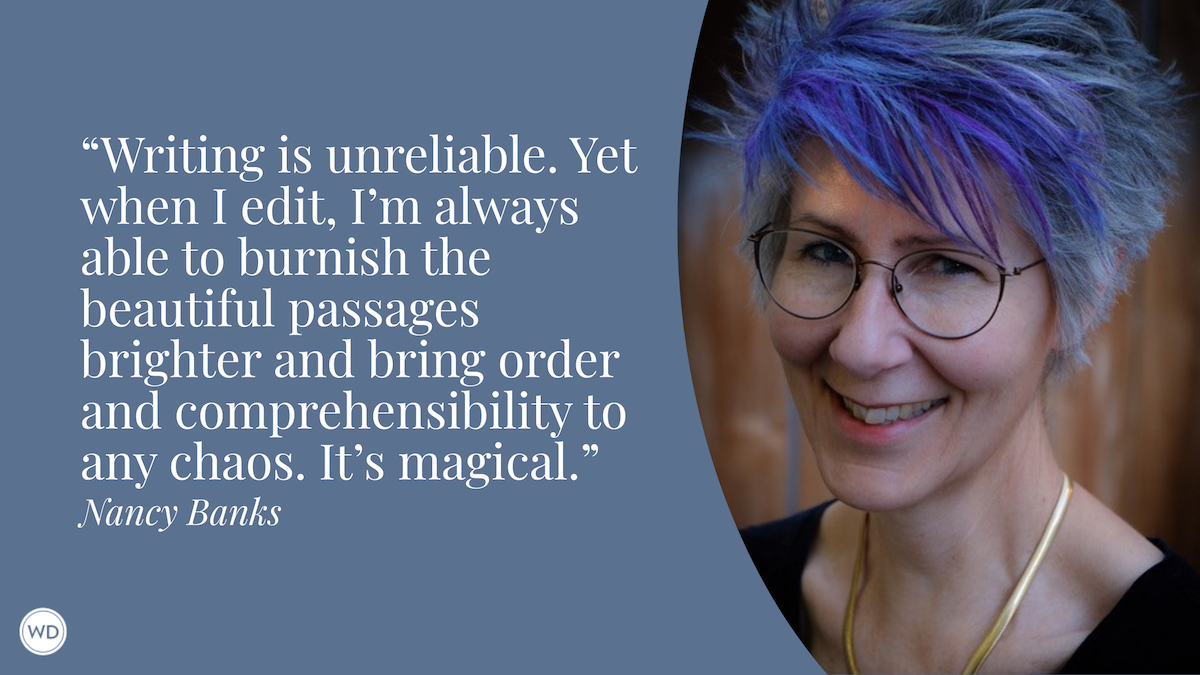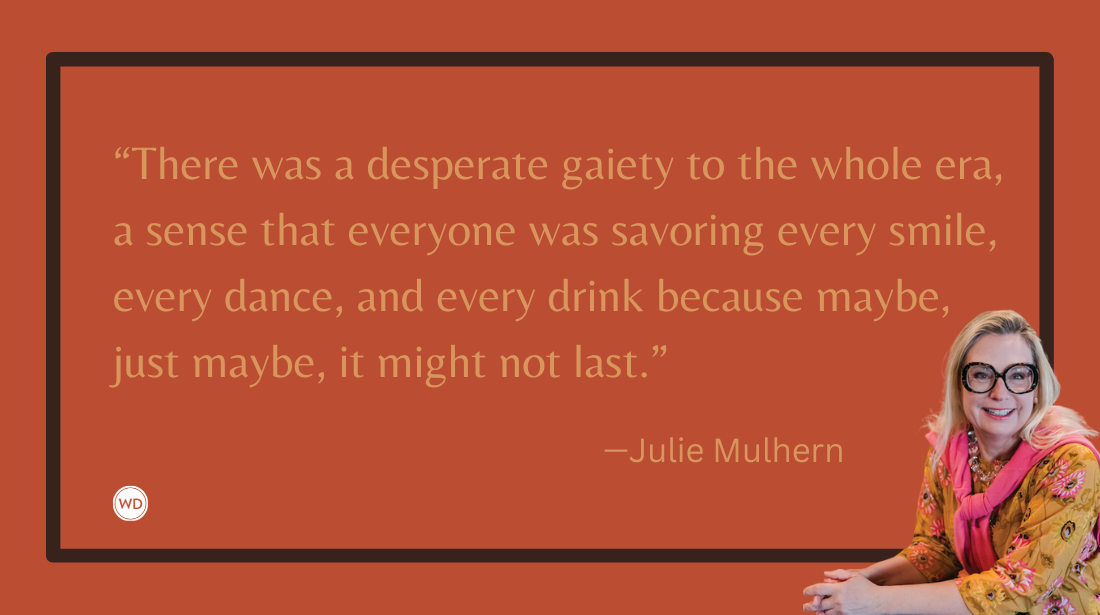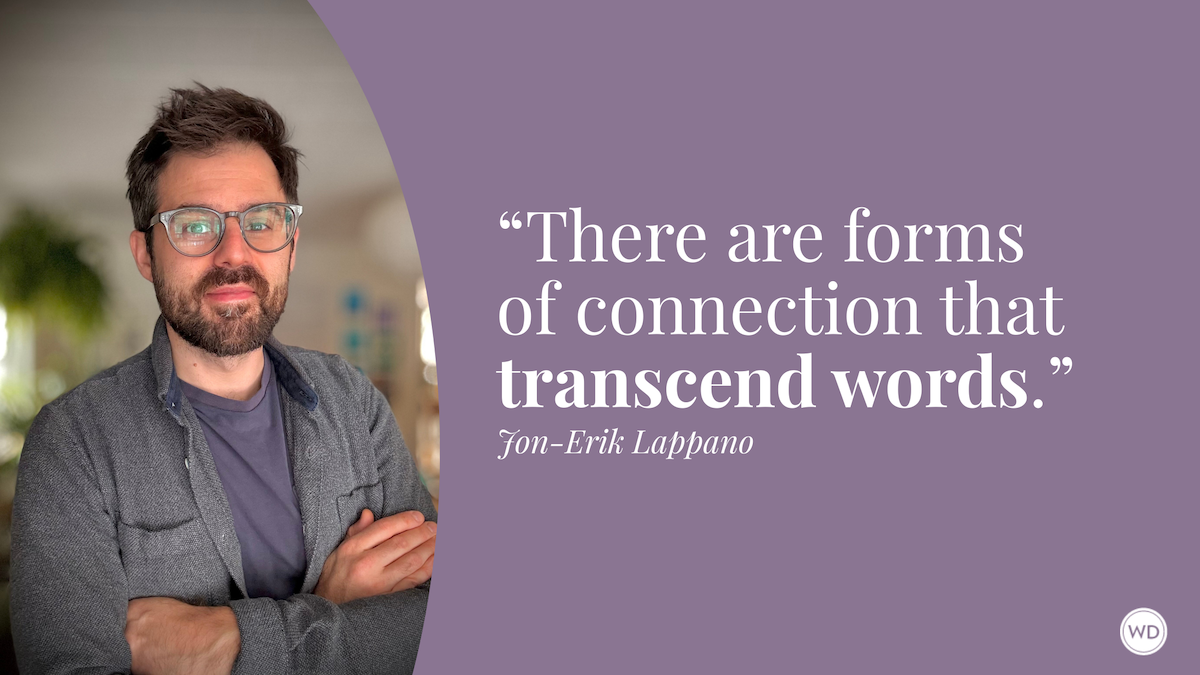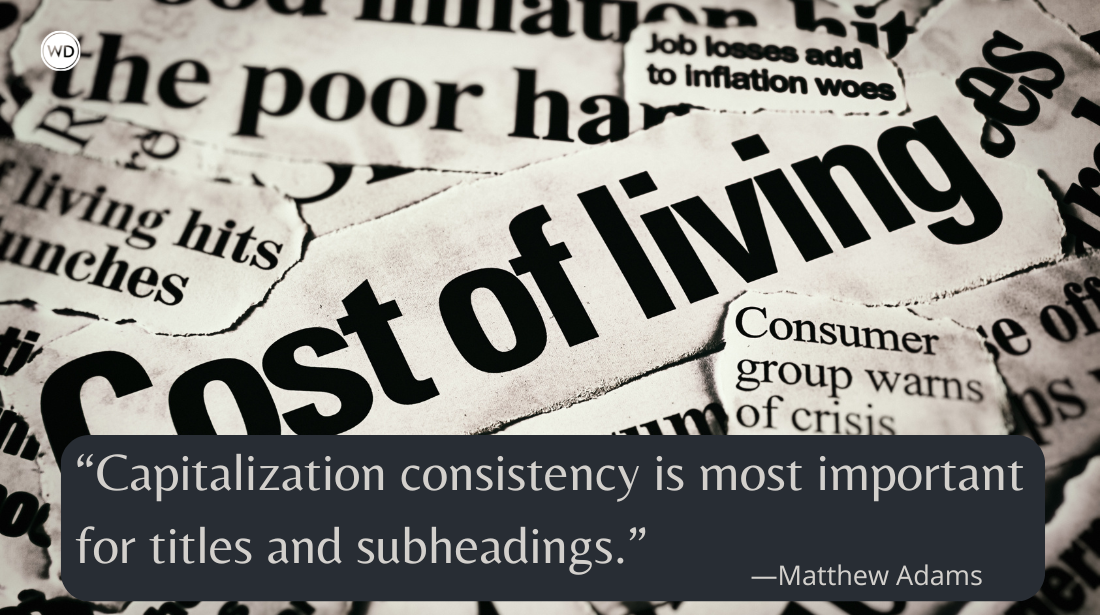Getting Started Writing a Beach Book
Sun, sand, and surf are only a fraction of what a beachside setting can bring to your stories. Here, bestselling author Amy Clipston helps us get started writing a beach book.
Have you ever considered writing a beach book? Since the majority of my novels have been Amish fiction books, most of the stories have taken place in Lancaster County, Pennsylvania, which is mostly farmland—about as far from sand and waves as you can get. My first beach book, however, The View from Coral Cove, features the beloved fictional town of Coral Cove and is a combination of all my favorite beaches I have visited in my lifetime.
On my wedding anniversary in June 2020, my husband and I decided to escape for the day. Since the pandemic was already in full swing, our options for a getaway were limited. So, we got into our car and drove. Eventually, we stumbled upon Southport, North Carolina, and we were intrigued. While driving down the main street heading into Southport, I instantly fell in love with the waterfront town’s small-town feel, its cute shops, its restaurants, its beautiful historic homes, and its pier.
At that time, I had a three-book contract for contemporary romance novels, and although I had pitched a series, my publisher asked me to write three standalone books. Turns out, that had been fortuitous, because not long after our trip to Southport, I was struck with inspiration. I reached out to my editor, and we planned a brainstorming session on the phone. At that point, I only knew that I wanted to write about the beach, and I had a few vague ideas. I envisioned a story about a woman who came to live at a beachfront town with the same small-town feel I adored when I was in Southport.
Creating a Heroine
So, I started to consider what we might need to make this beach book a reality, and it started with the heroine. Who was she going to be, why would she come to this beach town, what would she do for a living? All those questions culminated in the inspiration for CeCe’s Toy Store—the store that Maya, my heroine, inherits from her great-aunt.
Now that we had Maya in Coral Cove, we needed to think about why would she stay; what would spur her to pick up and move to the beach? This is why I made her a romance writer. After all, novelists can work anywhere if it’s their full-time job, right?
Creating a Hero
Next came the questions for my hero—this is a romance, after all. It was clear that he would be a native of the beachfront town, so other considerations arose. What would his occupation be? What would his family dynamic look like? How would he react to an outsider coming to his town? This is where Brody came to life.
I came up with the idea that he is a veterinarian, who is raising his young daughter alone. He is completely focused on raising his daughter and not falling in love.
Creating Conflict
Once my main characters had been fleshed out, we needed to determine what their struggles would look like, how that would translate in a beach town. Would the conflicts look different because they were in a different setting? Would being near a beach make things easier—the go-with-the-flow mindset, or would challenges be more difficult?
Since I wanted them both to have been burned in previous relationships, I chose to have Maya be 29 and have Brody be 35. I chose to make them mature enough to know what they’d hoped for in a relationship, but also have trust issues. Brody being a single father also created another conflict to keep them apart.
IndieBound | Bookshop | Amazon
[WD uses affiliate links.]
Creating a Town
Next came the beachfront town, itself. Developing Coral Cove was fun for me, and I enjoy creating fictional towns for a couple of reasons. First is the relief—I don’t have to worry about receiving emails from experts if I use a real town and somehow botch the details or the geography. Second is the freedom—I like to give my fictional towns elements that I want the place to have.
For Coral Cove, I created a town that has the same small-town feel of Southport with the cute little shops and a waterfront without waves. The town also mirrors North Carolina’s Outer Banks by having a “sound side” without waves as well as an oceanfront. I also thought about what the town would look like and envisioned beachfront homes like you can find at Sandbridge Beach, which is in Virginia Beach, Virginia, with their bright colors and unique construction styles. My novel includes scenes with Maya and Brody enjoying both the oceanfront and the sound side of water.
When I began plotting the book, I decided to have the story begin in May and end in early September so that I could include everything I love about summertime at the beach—barbecues on Brody’s large beach house deck, fireworks on the Fourth of July, and romantic nights filled with glorious stars and fireflies.
In the end, I had a blast creating and the characters and the town in my novel. I hope readers are swept away by my beach book and enjoy their visit to Coral Cove.
Amy Clipston is an award-winning, bestselling author and has been writing for as long as she can remember. She’s sold more than one million books, and her fiction writing “career” began in elementary school when she and a close friend wrote and shared silly stories. She has a degree in communications from Virginia Wesleyan University and is a member of the Authors Guild, American Christian Fiction Writers, and Romance Writers of America. Amy works full-time for the City of Charlotte, NC, and lives in North Carolina with her husband, two sons, mother, and six spoiled-rotten cats. You can find Amy at AmyClipston.com, and on Facebook, Twitter, Instagram, and BookBub.









